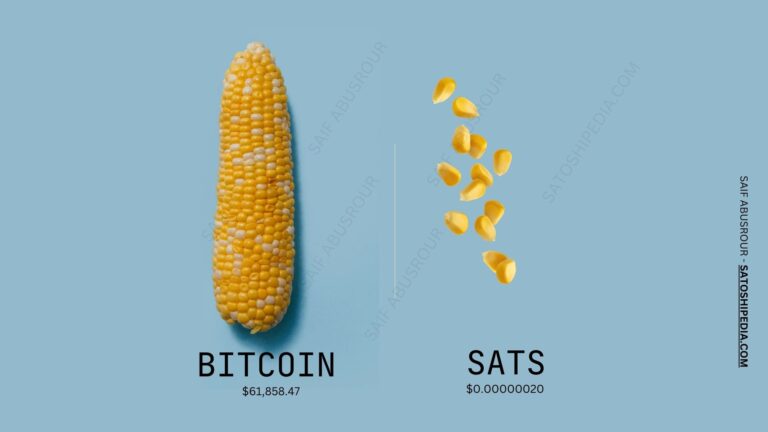The Hook
Imagine having the power to earn rewards, strengthen a revolutionary network, and shape the future of blockchain—all with your crypto holdings. That’s what Starknet just unlocked for its community with the launch of Phase 1 staking on Ethereum Layer 2. It’s a bold move designed to change how we think about decentralization and scalability.
The Idea Explained
Starknet is a Layer-2 scaling solution for Ethereum. Layer 2 solutions make Ethereum faster and cheaper to use by processing transactions off the main Ethereum chain while still benefiting from its security. Starknet just launched the first phase of staking for its native token, STRK, allowing users to earn rewards while supporting the network’s security and functionality.
What’s Happening Now?
- Solo Staking:
- You need 20,000 STRK tokens to solo stake.
- By staking, you help secure the network and earn rewards for your contribution.
- Delegated Staking:
- Don’t have 20,000 STRK? No problem. You can delegate your tokens to a validator. Validators are like guardians of the network who run full nodes and handle technical tasks, such as validating transactions.
- Phased Rollout:
- The staking system is being introduced gradually.
- Right now, validators perform basic tasks like running nodes and interacting with staking contracts. Later, they’ll take on advanced roles like creating and validating blocks.
Why It’s Important
1. Decentralization: The Core of Blockchain
This staking system is a step toward making Starknet more decentralized. Over time, control will shift from StarkWare (the team behind Starknet) to the community. The network will eventually depend on its users to validate transactions and govern its future.
2. Governance: Your Vote Counts
Staking isn’t just about earning rewards. It also gives token holders a say in important decisions about how Starknet operates. Over time, this will give the community control over the network.
3. Scalability in Action
Starknet’s recent stress test demonstrated its scalability. It hit a record 857 transactions per second (TPS) during a simulated high-demand scenario. That’s way beyond what Ethereum can handle on its own, proving that Starknet can scale while maintaining speed and integrity.
Steps to Build Knowledge from This
- Understand Layer-2 Solutions:
- Learn how they work and why they’re vital for Ethereum’s future.
- Keywords: Layer 2, scalability, off-chain processing.
- Explore Staking:
- Dive into the basics of staking and delegation.
- Keywords: validators, solo staking, delegated staking.
- Follow Starknet’s Progress:
- Track the phased rollout and how staking evolves over time.
- Watch how decentralization empowers the community.
- Learn Governance:
- Understand how staking ties into governance and the impact token holders have on network decisions.
Why This Matters to You
This move by Starknet isn’t just a technical upgrade—it’s a leap forward for decentralized finance (DeFi) and blockchain scalability. As someone interested in crypto, this is a chance to witness how blockchain networks evolve and mature. Starknet’s innovations, like phased staking and high TPS performance, hint at what the future of blockchain might look like: faster, fairer, and driven by its community.
By keeping an eye on projects like Starknet, you’re not just expanding your knowledge—you’re positioning yourself to understand and participate in the next big wave of blockchain technology.



